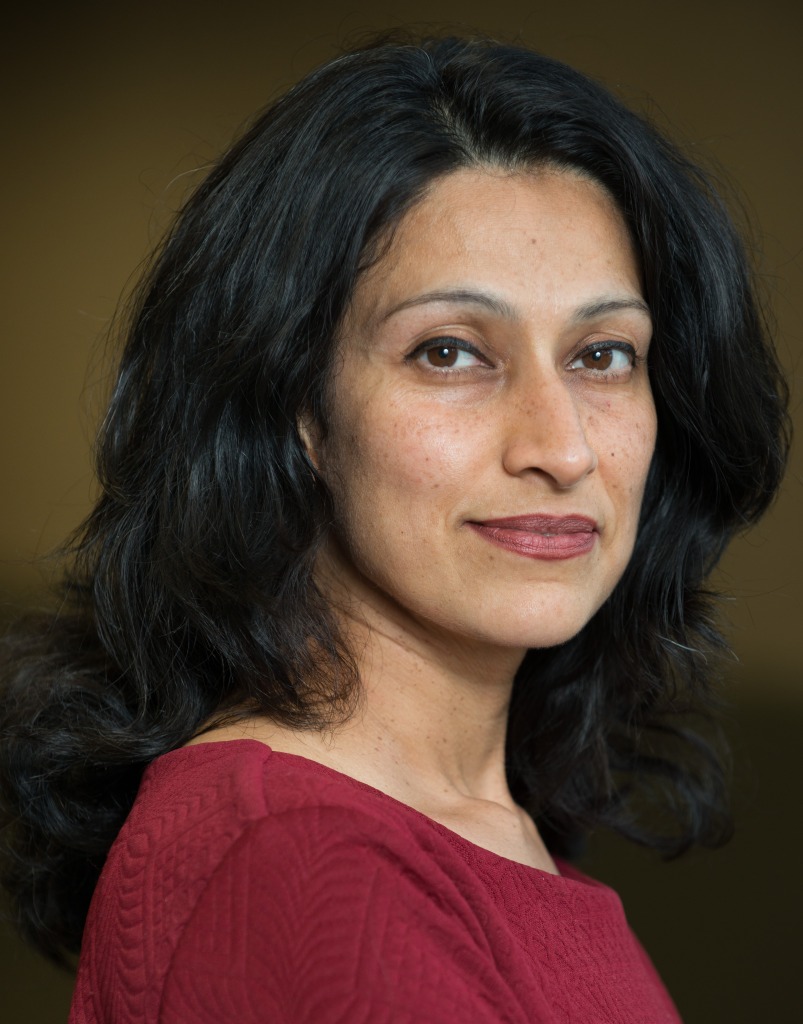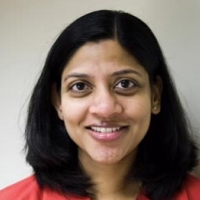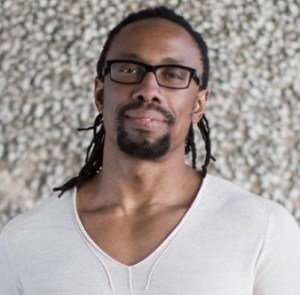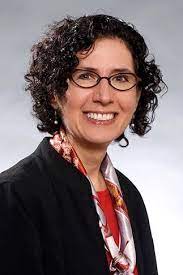Citizenship in Digital Society
Scholars & Thought Leaders
Payal Arora
Payal Arora is an Indian digital anthropologist, full Professor and Chair in Technology, Values, and Global Media Cultures at Erasmus University Rotterdam, author and consultant.

Madhavi Mallapragada
Madhavi Mallapragada is associate professor in the Department of Radio-Television-Film, the College of Communication, at the University of Texas at Austin. She is also a faculty affiliate of UT’s Center for Asian American Studies (CAAS), South Asia Institute (SAI) and the Department of Asian Studies. Dr. Mallapragada’s research and teaching interests lie at the intersections of cultural studies of race and ethnicity in media, Asian Americans in/and media, online cultures, immigration and transnationalism, and media industries.

Chris Gilliard
Dr. Chris Gilliard is a writer, speaker and professor a professor of English at Macomb Community College. His scholarship concentrates on privacy, institutional tech policy, digital redlining, and the re-inventions of discriminatory practices through data mining and algorithmic decision-making, especially as these apply to college students.
- Media and the End of the World Podcast: 011 Surveillance Capitalism and Digital Redlining (2018)
- Facebook Cannot Separate Itself From the Hate It Spreads (2020)
- Facial Recognition Technology Isn’t Good Just Because It’s Used to Arrest Neo-Nazis (2021)
- Real corporate accountability for surveillance capitalism with Shoshana Zuboff and Chris Gilliard (2020)
- Digital Redlining, Access, and Privacy. (2016)

Sharon Stoerger
Sharon Stoerger’s research areas of interest include computer-mediated communication, social informatics, and educational uses of social technologies including virtual worlds. She is also interested in online and blended teaching approaches. She has presented her work on educational uses of technology at a number of national and international conferences including EDUCAUSE, New Media Consortium, the eLearning Forum Asia, and Online EDUCA Berlin. She has also written several articles and book chapters on the educational uses of social media, virtual worlds, and other emerging technologies.

Film & Video
New VR System Has Prisoners Practicing Life Beyond Bars (2020)
Six Colorado inmates sentenced to decades in prison as teenagers in the ’80s and ’90s thought they would never get out. During their 20-plus years behind bars, technology has changed the outside world dramatically.
Source: VICE
The Digital Divide | Oscar A. Lopez III (2020)
Oscar, a native of Laredo, TX, which ranked as the worst-connected city in the United States in 2017, discusses how the digital divide has served as a barrier to education and entrepreneurial opportunity, affordable/accessible healthcare, and social mobility for communities that are unable to afford broadband access well before the pandemic began.
Source: TEDx
The Internet Of Civil Rights: The New Digital Divide (2016)
Brigitte Daniel addresses and reframes the new kind of “underserved”: those not only on the wrong side of the digital divide, but those who are impacted by and advocate to keep digital technologies accessible for a new generation of internet civil rights.
Source: TEDx
Broadband Bruce: Fighting Canada’s Digital Divide | Witness (2017)
Maskwacis is an impoverished Canadian community grappling with addiction, unemployment and suicide. Like many other indigenous reserves, it’s a place cut off from the world. There are no landlines, patchy cell service and no affordable ways to get online. Convinced that connectivity will open up new job and education opportunities, Bruce sets about building Maskwacis its own high-speed internet network. But with no backing, piling debt and huge technical obstacles, will Bruce succeed in bringing Maskwacis into the digital age?
Source: Al Jazeera English
Why Some Americans Don’t Have Internet Access | AJ+ (2020)
Ten percent of people in the U.S. don’t have broadband internet, and the number is much higher among rural communities and the urban poor. High-speed internet is quickly becoming an essential part of modern-day society. But getting online is still a struggle for millions in the U.S. Should broadband internet be considered a utility, like electricity or water?
Source: AJ+
Why Your Internet Sucks | Patriot Act with Hasan Minhaj | Netflix (2019)
*Profanity*
Hasan Minhaj discusses Internet inequality in the U.S. and the reasons why millions of Americans cannot get online in 2019. Even though the Internet is considered a basic human right by the UN, many poor and rural communities across the country are still left with little to no access to broadband networks. This lack of Internet access then further impacts the ability of these communities to obtain healthcare, education, and other important necessities.
Source: Netflix
Books & Articles
The Digital Divide Is About Much More Than Access (2017)
A new survey of low- and moderate-income families shows that 94 percent of them have Internet access, but many say it’s slow and unreliable.
By Rick Paulas
Source: Pacific Standard
Digital Redlining, Access and Privacy (2016)
Filtering content is often done with good intent, but filtering can also create equity and privacy issues.
By: Chris Gilliard
Source: Common Sense
Worst Connected Cities (2018)
In 221 large and medium-size U.S. cities, according to the latest data from the U.S. Census, at least 30% of all households still lacked a wireline broadband connection in 2018. They are NDIA’s Worst Connected Cities of 2018.
Source: National Digital Inclusion Alliance
Limiting Broadband Investment to ‘Rural Only’ Discriminates Against Black Americans And Other Communities Of Color (2020)
The federal government’s existing broadband programs target tens of billions of dollars to expand broadband availability for residents of “unserved and underserved” rural areas, while studiously ignoring tens of millions of urban Americans who still lack high-speed internet service. This policy framework is counterproductive for reducing the nation’s overall digital divide. It is also structurally racist, discriminating against unconnected Black Americans and other communities of color.
By: Angela Siefer & Bill Callahan
Source: National Digital Inclusion Alliance



